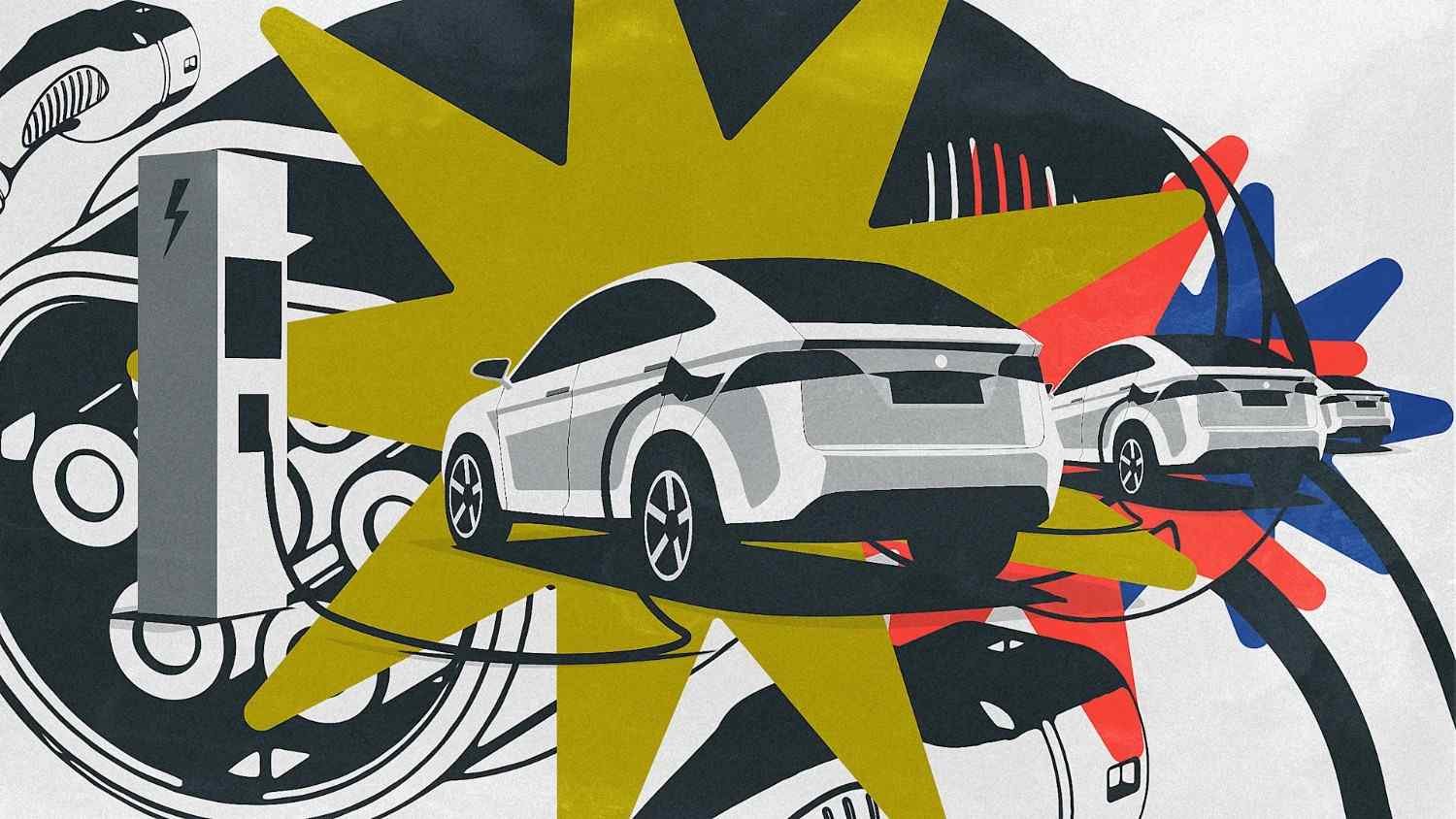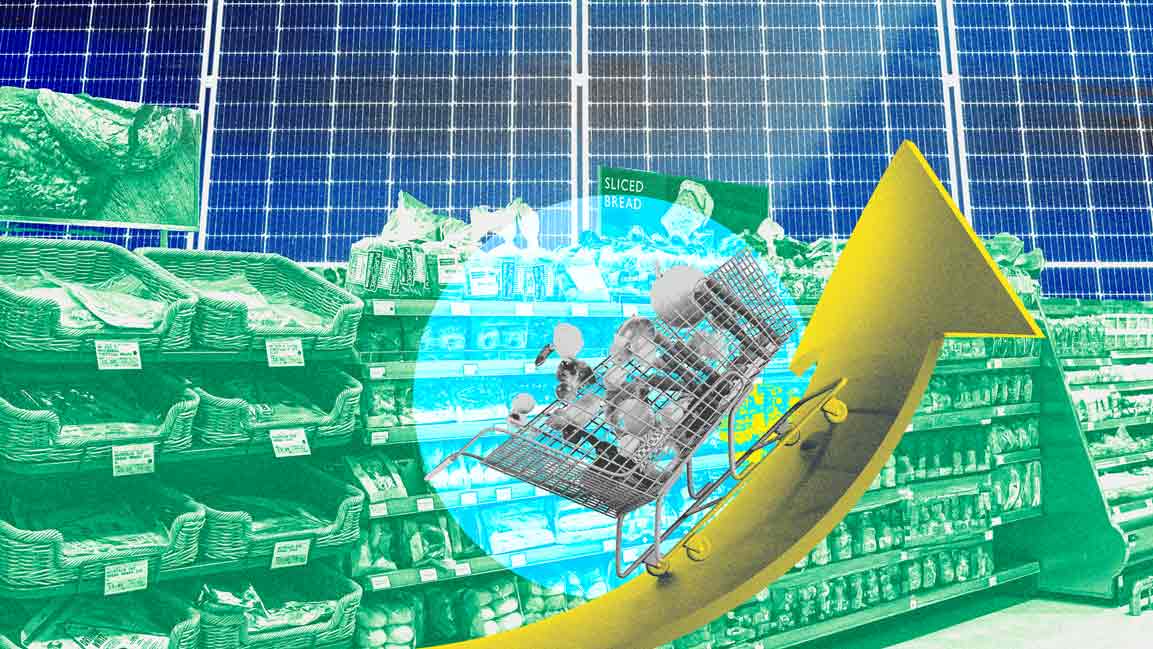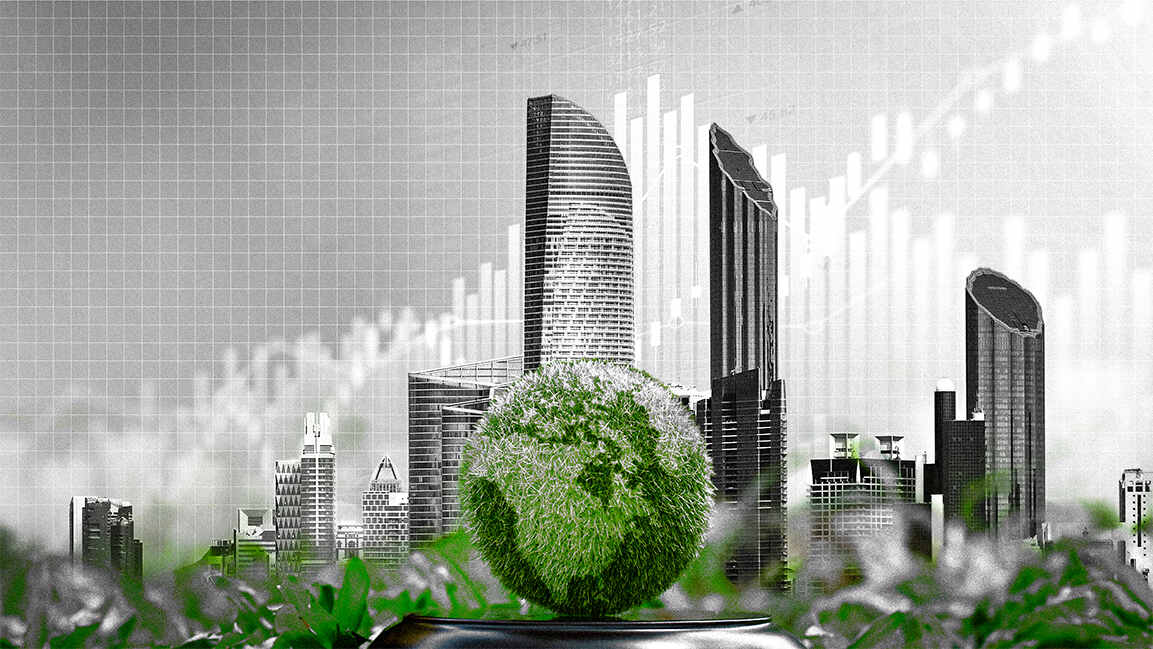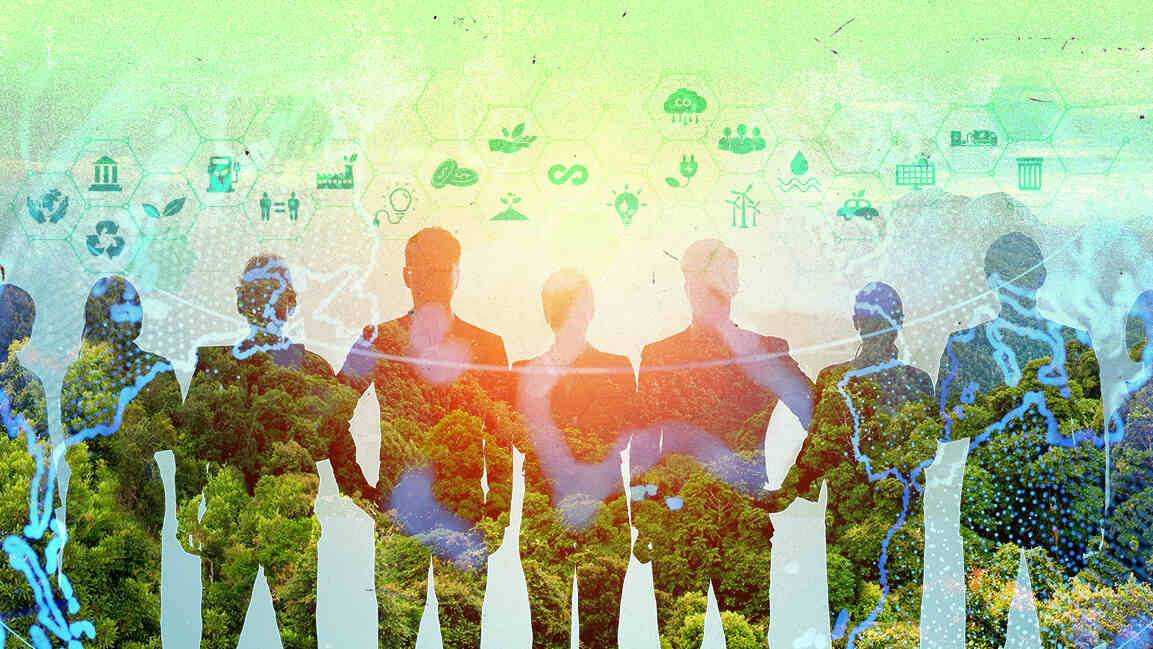- | 9:00 am
Decarbonizing the Gulf economies: How realistic are the climate action plans?
Experts weigh in on how the countries are balancing climate goals with economic reliance on fossil fuels
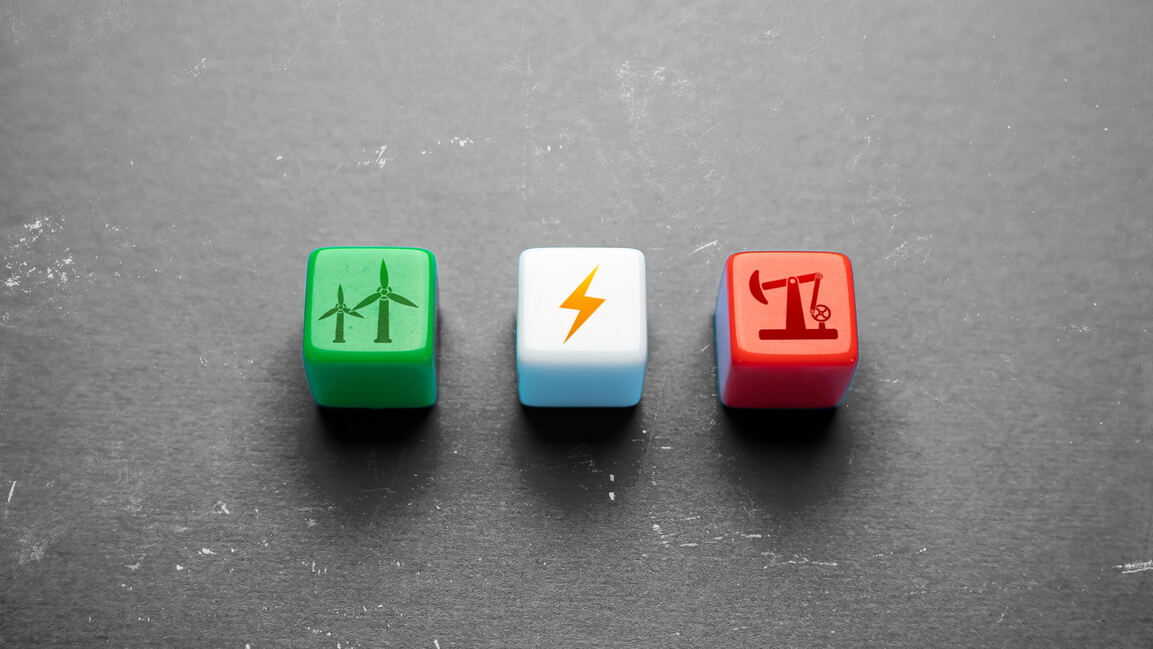
Decarbonizing the energy system is essential for achieving climate mitigation goals. However, for the Gulf Cooperation Council (GCC) countries, a region heavily reliant on oil and gas revenues, transitioning to a low-carbon economy and focusing on long-term sustainable growth has been tricky, even as they also install record renewable power generation capacity.
The countries have taken a balanced approach to reducing their dependence on their primary economic drivers in favor of greener energy alternatives, combining optimism with pragmatism.
They have positioned themselves as climate leaders, launching significant initiatives and hosting events such as COP to highlight their commitment to climate action. Over recent years, Saudi Arabia, the UAE, and Qatar have tried to reduce their reliance on oil revenues by promoting other business investments, such as new infrastructure projects and tourism, including hosting international events.
That said, the region has not successfully reduced fossil fuel production, with bets placed on sustained global hydrocarbon demand.
Now, there’s mounting pressure on the Gulf states to better align their actions with their climate commitments.
REFINING CLIMATE ACTION PLANS
In its new national climate plan, the UAE committed to cutting its planet-warming emissions by 47% compared with 2019 levels by 2035.
The UAE, which hosted the UN climate summit in Dubai in 2023, is the first major emitter to submit its updated strategy, known as Nationally Determined Contributions (NDCs).
The shift towards integrating environmental sustainability into economic frameworks marks a notable change in the region’s approach to development. “Middle Eastern countries are increasingly embedding environmental considerations into their economic development strategies,” says Ruchir Punjabi, Co-Founder & CEO of Distributed Energy.
He points to Saudi Arabia’s Vision 2030 as an example, which aims to diversify the economy by reducing oil dependency and promoting sectors such as construction, logistics, manufacturing, and mining. “This has led to a credit rating upgrade for KSA, reflecting that the markets view this positively,” he adds. This strategy signals the region’s growing commitment to economic diversification and sustainability.
“There’s been a clear push post-COP28 to recalibrate climate goals in an ambitious and actionable way,” says Chandra Dake, CEO of Dake Rechsand, which is currently working on an ambitious Verra-listed agroforestry and carbon sequestration project that aims to plant 11 million trees in arid regions.
Achieving these targets, however, requires more than just policy declarations. Dake emphasizes the importance of a multifaceted approach. “While top-down strategies, such as transitioning from fossil fuels to renewable energy sources, are crucial, grassroots initiatives play an equally vital role,” he adds.
While these ambitious plans are a step forward, the challenge remains in balancing them with the region’s ongoing economic dependence on oil and gas. Lower oil revenues pressure GCC economies’ fiscal balances as they hope to continue diversifying from fossil fuel.
STRIKING A BALANCE
While countries like Saudi Arabia, the UAE, and Qatar are making strides in diversifying their energy sources to align with long-term environmental objectives, Punjabi says, “The KSA has committed to sourcing 50% of its energy from renewables by 2030 and achieving carbon neutrality by 2060.” The UAE has set similarly ambitious targets, including a pledge to reduce greenhouse gas emissions by 47% by 2035 compared to 2019. The transition involves moving from fossil fuels to alternatives such as civil nuclear energy, solar power, and waste-to-energy technologies.
“Investment in renewables is ramping up at a pace we wouldn’t have imagined even five years ago,” says Dake, with the region expected to attract over $75 billion in clean energy projects by 2030.
Plans are already taking shape on the ground. For example, the UAE is investing $6 billion to build a 5-gigawatt solar plant with 19GWh of battery storage to provide a constant power output of 1GW. The country is also home to three of the world’s largest solar plants, including the Noor Abu Dhabi Solar Park, which reduces the UAE’s carbon footprint by 1 million metric tons annually, and the Mohammed bin Rashid Al Maktoum Solar Park, which is projected to power 800,000 homes by 2030.
Additionally, the UAE has launched its first wind power program, contributing further to a diversified and sustainable energy portfolio. However, as Dake says, “Balancing this growth with the existing energy economy requires coordination, not disruption. But the will to diversify is there, and so is the capital.”
Meanwhile, QatarEnergy announced a new solar power project that will double Qatar’s solar energy capacity to 4,000 megawatts by 2030. The centerpiece will be the 2,000-megawatt Dukhan Solar Power Plant, one of the world’s largest. This initiative aims to cut carbon emissions by over 4.7 million tons annually.
“I would like to emphasize that developing solar power plants is one of Qatar’s most crucial initiatives to reduce CO2 emissions, develop sustainability projects, and diversify electricity production, reducing carbon dioxide emissions by more than 4.7 million tons per annum,” said H.E. Saad Sherida Al-Kaabi, the Minister of State for Energy Affairs, the President and CEO of QatarEnergy, during a press conference. The new plant will add to QatarEnergy’s existing solar portfolio, including Al-Kharsaah, Ras Laffan, and Mesaieed plants. By 2030, solar energy will make up about 30% of Qatar’s total electricity capacity.
Saudi Arabia is adopting a phased approach to establish a carbon market to ensure readiness and avoid issues faced by the EU and other regions. Reportedly, H.H. Prince Abdulaziz Bin Salman, KSA’s Energy Minister said at the Future Investment Initiative conference in Riyadh, “We learned from everybody’s problems and mistakes. I will give it to the EU that they had the start, but they had a very tough start.”
“We wanted to take our time to ensure that regulations and structures should first be commensurate with our own needs and pertinent to our own economy,” the minister added.
Collectively, GCC countries are investing $100 billion in renewable energy by 2030, aiming to reduce carbon emissions by 20%. Several projects are proof of the region’s seriousness toward climate goals. Take, for instance UAE’s Masdar, which launched a facility capable of producing 1 gigawatt of uninterrupted clean power.
The main challenge for renewable energy is the “intermittency of power,” says Punjabi. For example, solar energy is generated during the day, and wind energy is generated according to atmospheric pressure. “Managing a grid with such variability can be tricky compared to more stable power sources like coal, nuclear, or natural gas, especially in regions traditionally relying on fossil fuels.”
The grid must reframe operations to accommodate these new, intermittent power sources.
According to Dake, the region knows where its strengths lie, but it’s also “laying the groundwork for what’s next.”
“The balance between protecting current economic interests and investing in clean, scalable technologies makes the approach realistic and sustainable,” he says.
“The approach doesn’t need to change; it needs to keep building on what’s working. If anything, the next phase is about acceleration: faster grassroots implementation, wider collaboration, and more room for local innovators to contribute to the region’s climate action,” he adds.











